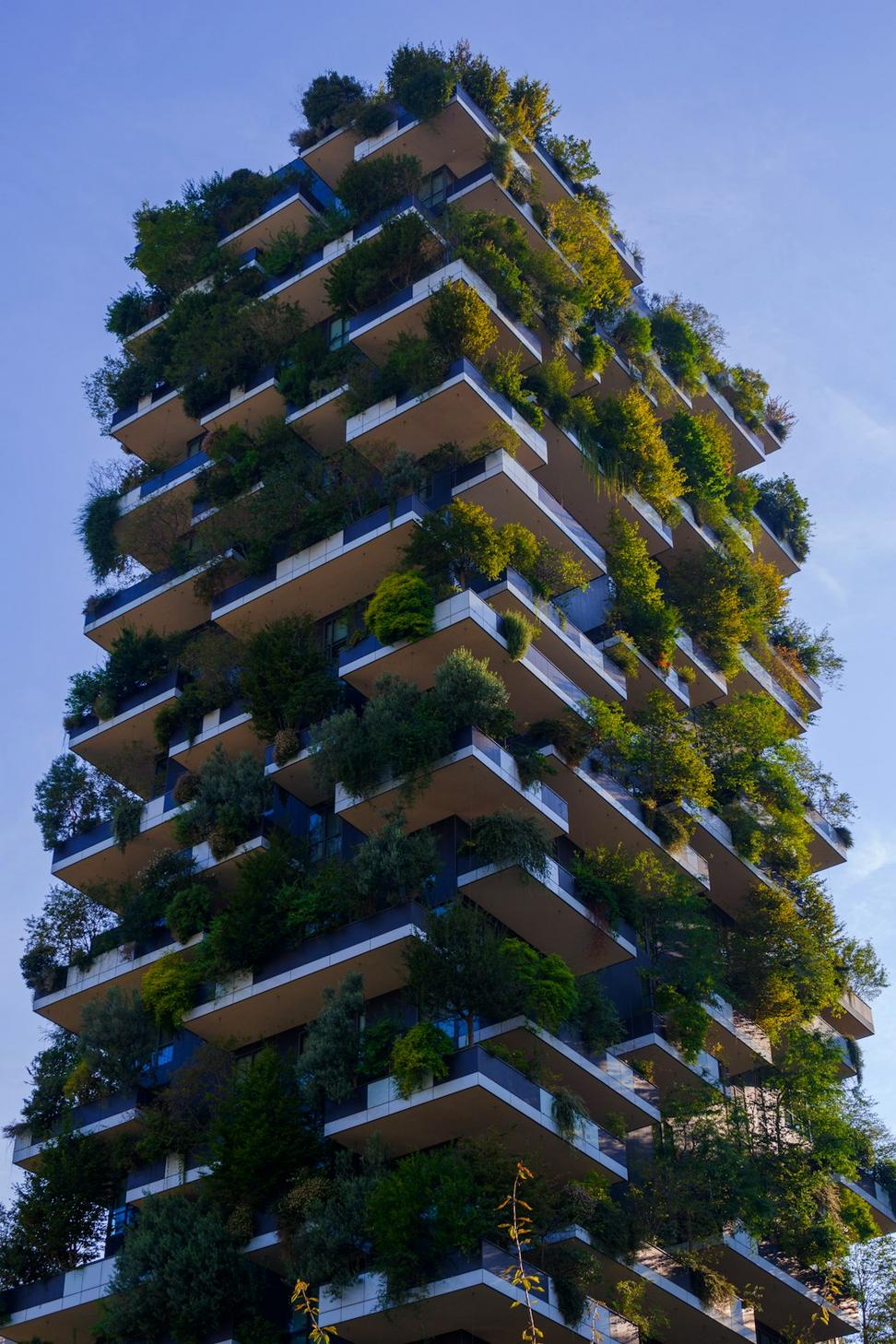
Building Better,
Not Just Bigger
Our approach to sustainability isn't about ticking boxes—it's woven into every decision we make

Our approach to sustainability isn't about ticking boxes—it's woven into every decision we make
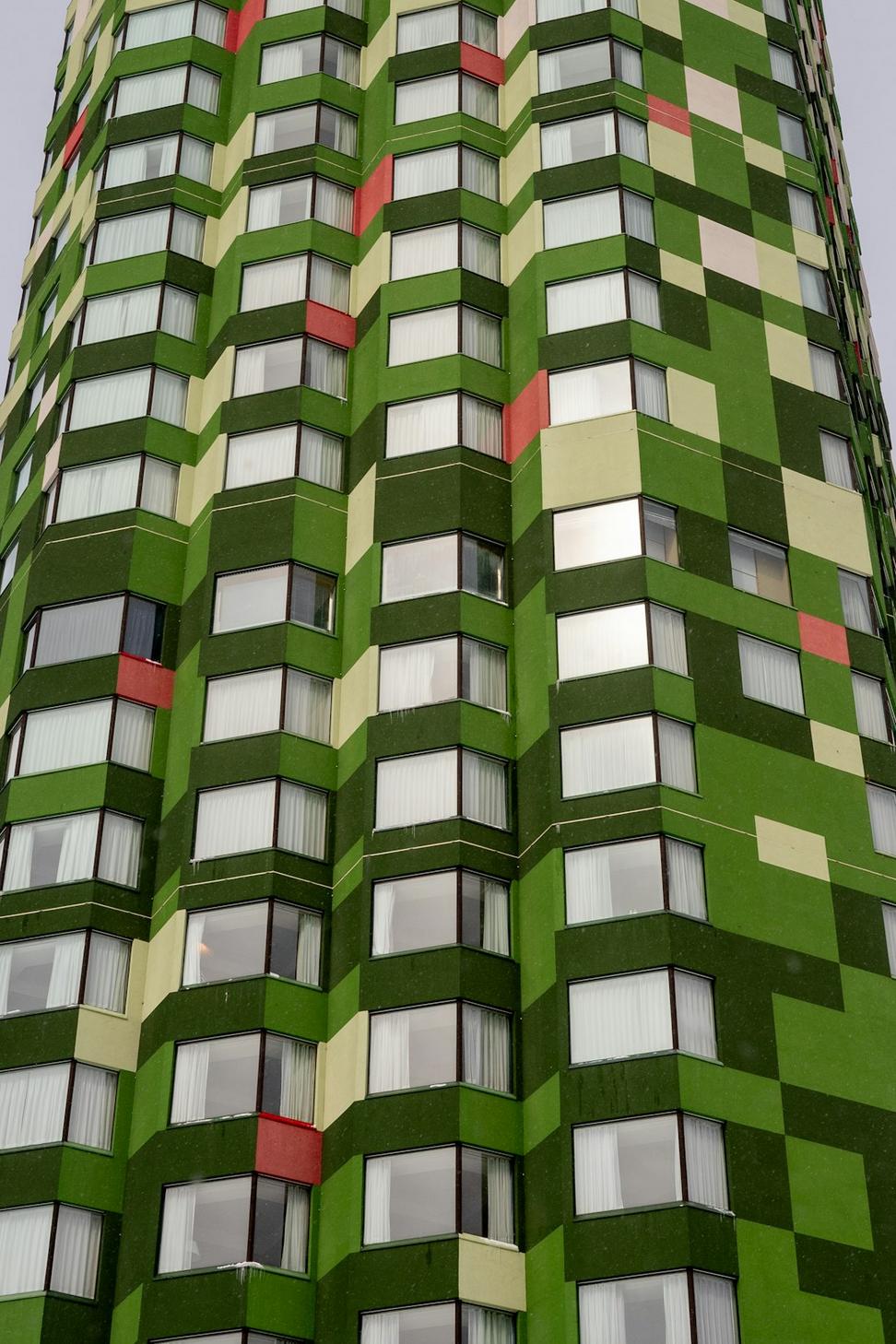
Look, we've been in this game long enough to see trends come and go. But sustainability? That's not going anywhere. It's become second nature in how we design—whether it's a residential project in Kitsilano or a commercial build downtown.
We're not preaching zero-impact utopias here. Real sustainability means finding that sweet spot where environmental responsibility meets practical living and honest-to-goodness beauty. Sometimes it's passive solar orientation, sometimes it's choosing local materials, sometimes it's just designing spaces that people actually want to stay in for decades.
The best green building is the one that doesn't need to be torn down and rebuilt in 20 years.
Practical strategies we've refined through years of work
Before we spec a single mechanical system, we're thinking about orientation, window placement, thermal mass. Vancouver's climate gives us tons of opportunities here—natural ventilation works great for about 8 months of the year if you design for it. We've cut HVAC loads by 40% on projects just by getting the fundamentals right.
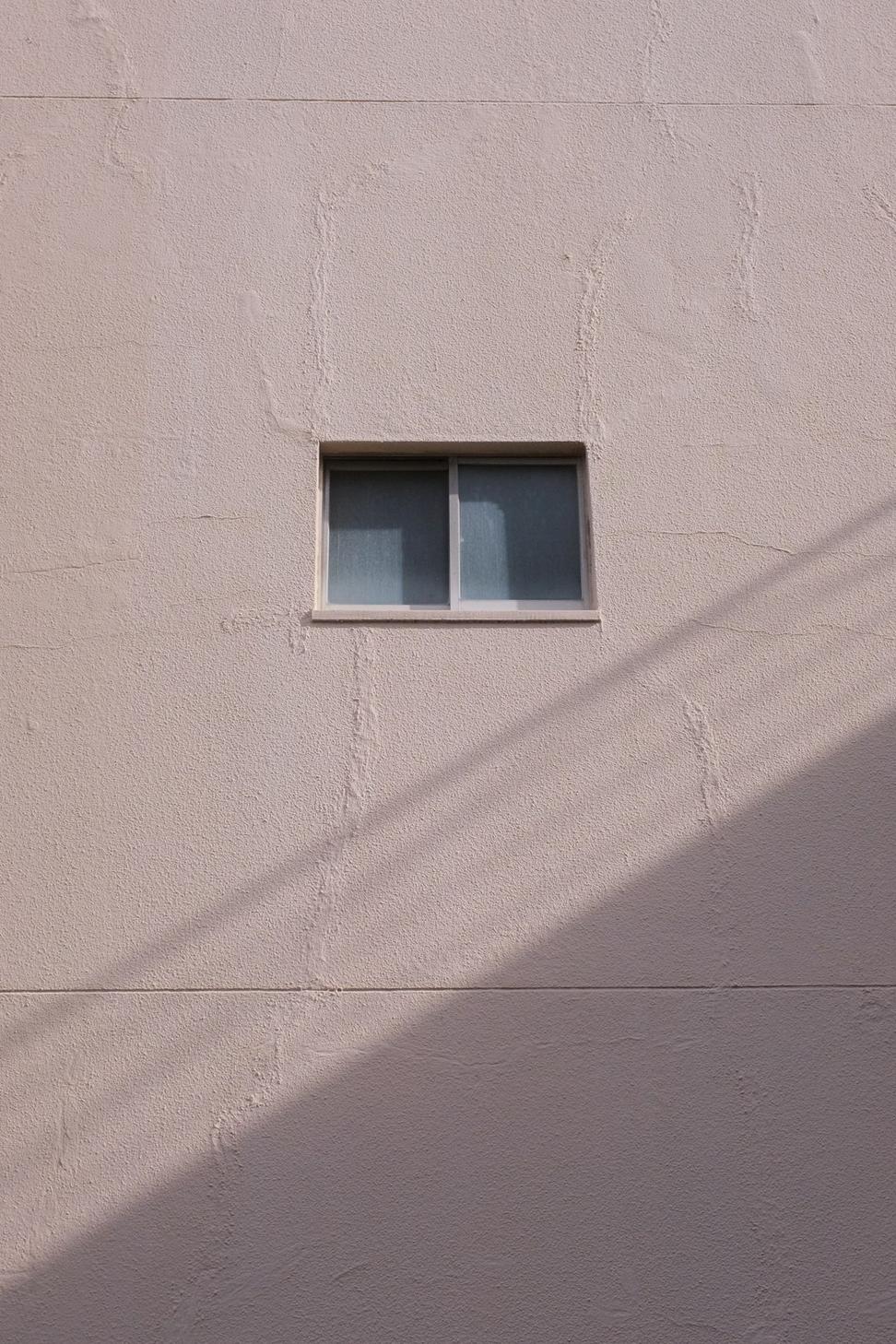
We're lucky to be in BC with access to incredible local timber. Cross-laminated timber's been a game-changer—structural, beautiful, and way lower embodied carbon than concrete or steel. We also push for reclaimed materials where they make sense. That heritage restoration work we do? Perfect training ground for creative reuse.

Yeah, Vancouver gets rain—lots of it. Which is why stormwater management and greywater systems aren't just nice-to-haves. We design green roofs, rain gardens, permeable surfaces. One commercial project we did captures enough rainwater for landscape irrigation year-round. It's about working with what nature gives you.
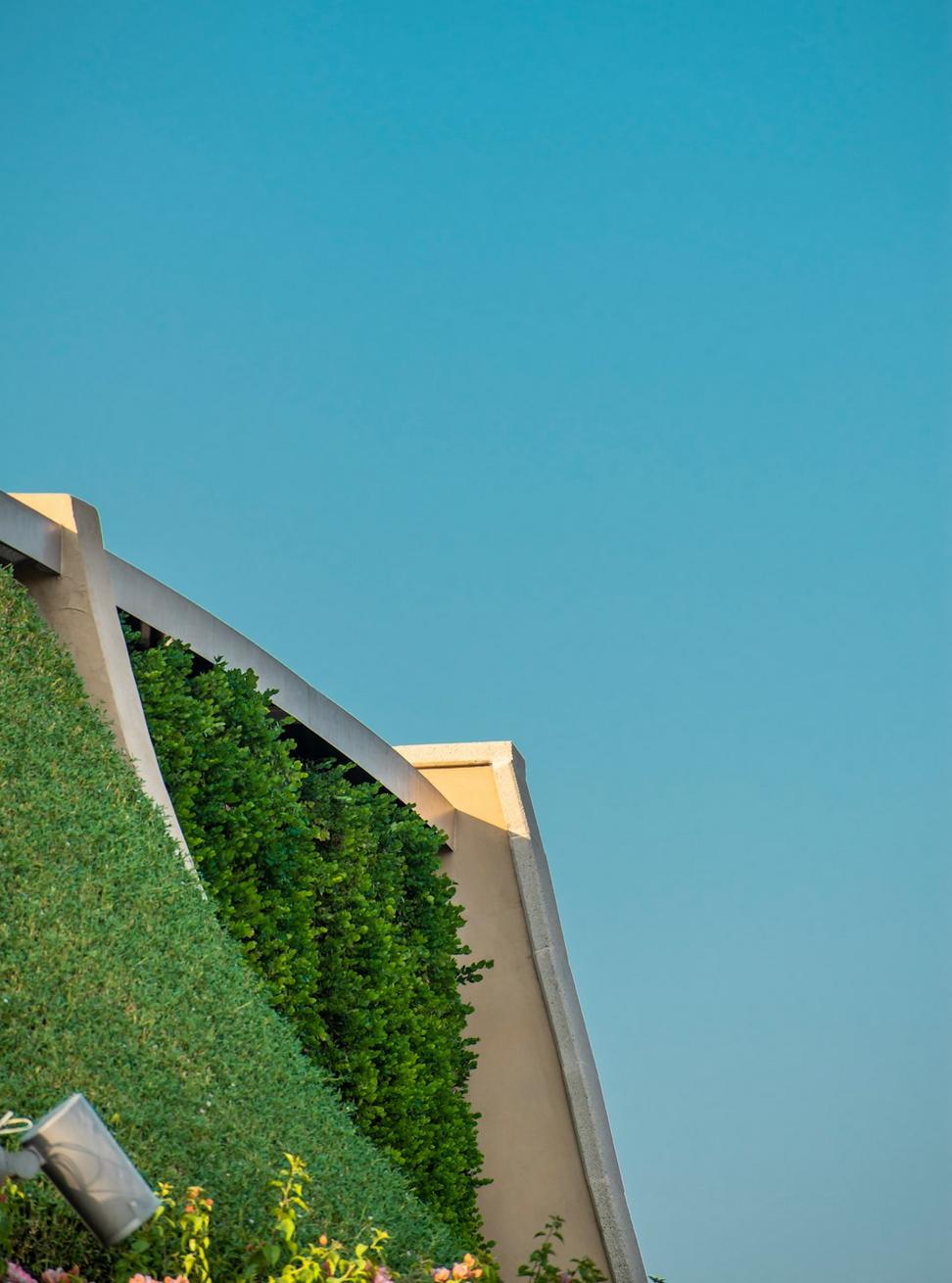
BC Hydro's grid is already pretty clean, but we're still pushing for heat pumps, high-efficiency envelopes, and smart controls. Solar makes sense on the right sites. We've worked with clients to achieve Net Zero ready standards, and honestly? The tech's gotten way more accessible in the last five years.
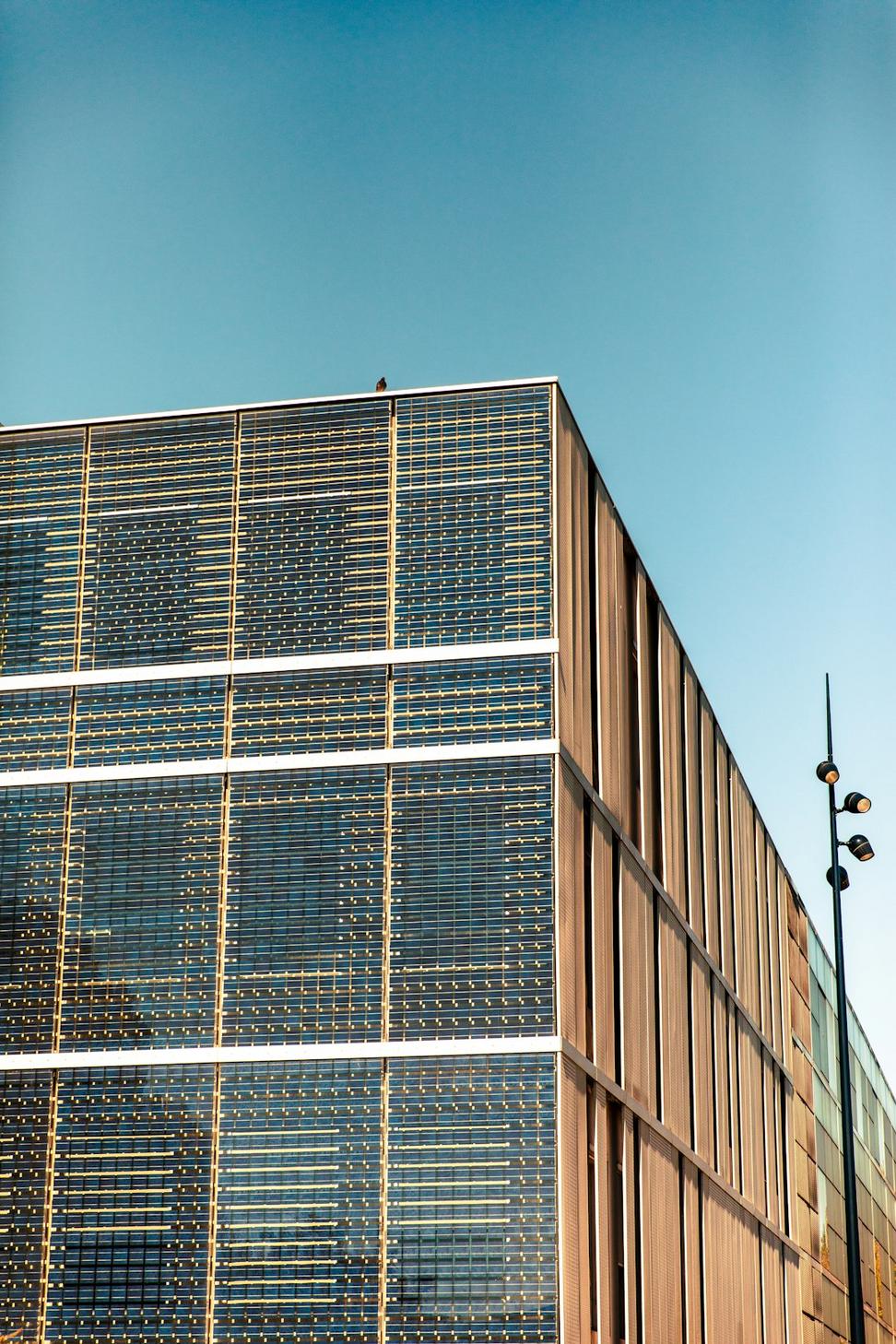
Sustainability isn't just about carbon—it's about people too. We specify low-VOC materials, design for daylighting, ensure proper ventilation. Indoor air quality's huge, especially in our climate where buildings are sealed up tight for months. Your space should support your health, not compromise it.
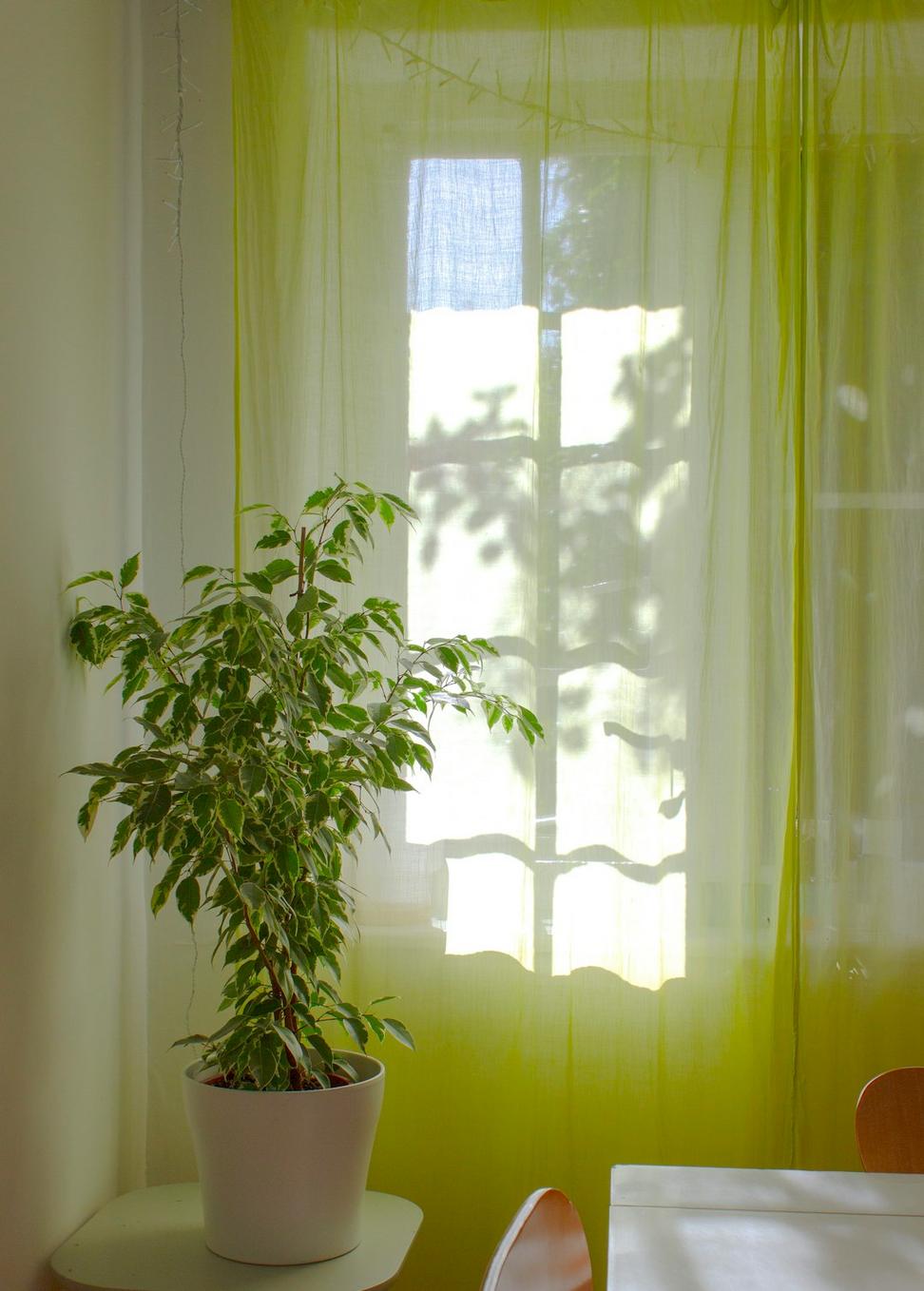
We've worked with LEED, Passive House, Built Green BC, and other certification programs. Are they required? Not always. But they provide solid frameworks and third-party verification that you're hitting real targets.
Some clients need the certification for financing or corporate requirements. Others just want the performance without the paperwork. We can guide you either way—the principles remain the same.
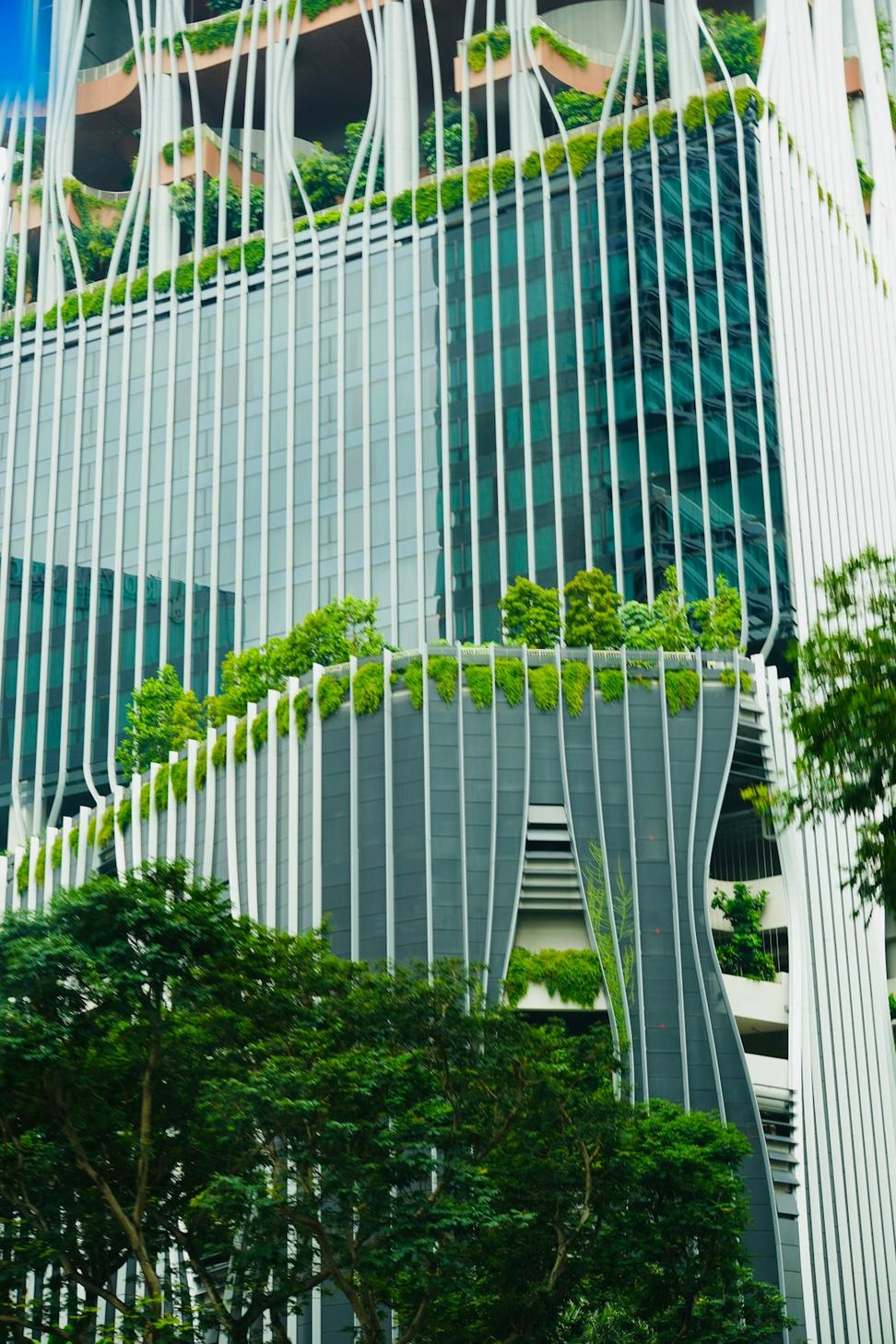
Let's address the elephant in the room—yes, some sustainable features cost more upfront. But here's what we've learned after years of doing this:
We're always straight with clients about where to invest and where you can save. It's your money—let's spend it wisely.
How we integrate sustainability across what we do
From laneway houses to custom homes, we design living spaces that perform. Passive strategies, high-efficiency systems, healthy materials—homes you'll love living in that happen to use way less energy.
Commercial projects have different demands—higher occupancy, more complex systems, longer hours. We balance sustainability with business needs, tenant comfort, and operational costs. Your building should be an asset, not a liability.
Before we build, we model. Energy analysis helps us test different strategies, predict performance, and make informed decisions. It's how we know what'll actually work vs. what just sounds good in a brochure.
Not every project's a clean slate. We've upgraded plenty of existing buildings—better envelopes, new mechanical systems, improved daylighting. Sometimes the greenest building is the one already standing.
Whether you're aiming for Net Zero or just want a building that doesn't waste energy, we can help figure out what makes sense for your situation.
No greenwashing, no cookie-cutter solutions—just practical sustainable design that works in the real world.